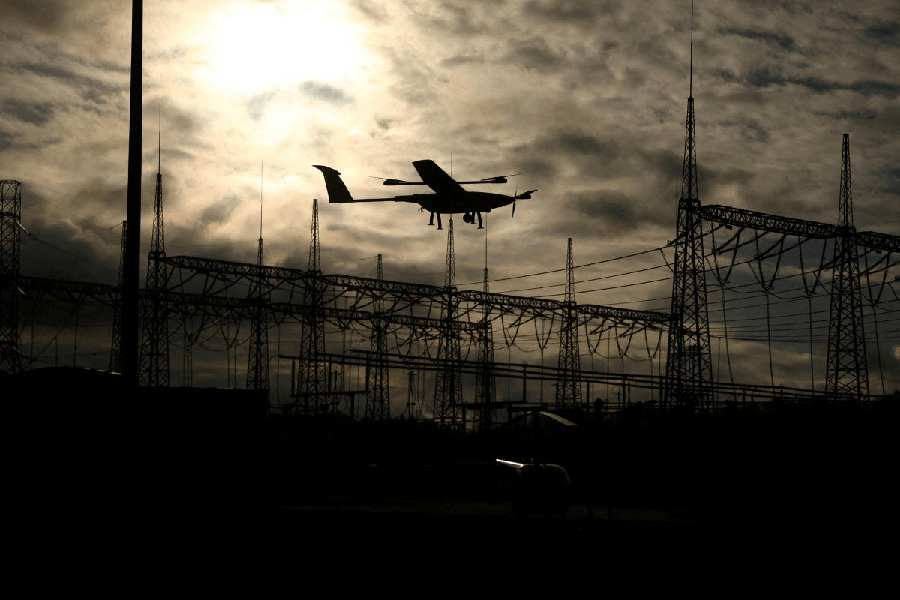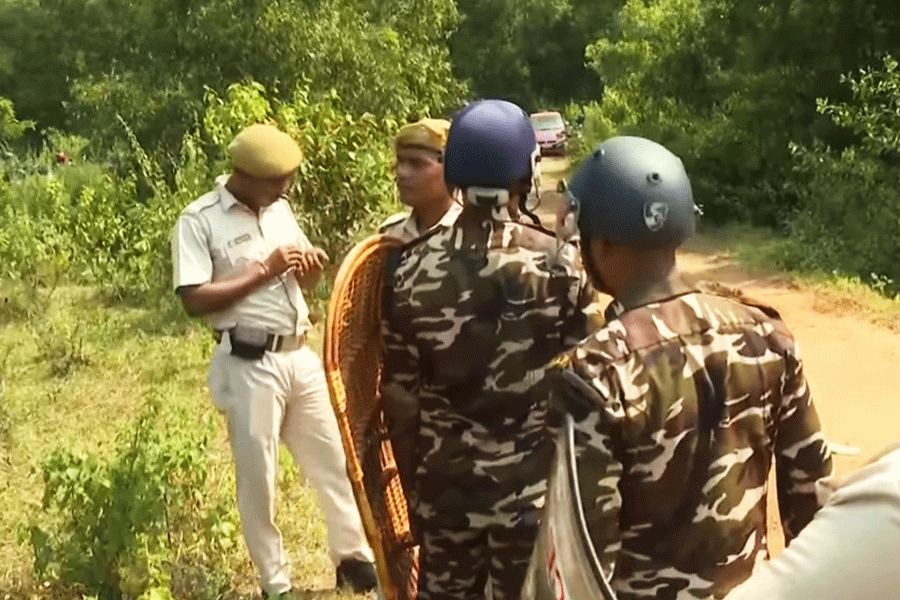Book name: The Coolie’s Great War: Indian Labour in a Global Conflict 1914-1921
Author name: By Radhika Singha
Publisher: HarperCollins
Price: Rs 699
Radhika Singha’s book is a remarkable feat of historical scholarship. Centred on the context of the Great War, Singha opens up the story of that global catastrophe into a series of historiographical pathways that have been rarely addressed together. Pulling together military, legal, labour and migration histories through a meticulous documentation of the lives of the Indian ‘coolie’ — the non-combatant, menial labour in the Great War — Singha shows how rigorous scholarship can transcend the constraints of the most meagre and difficult archive. Consolidating years of dedicated research on the Great War, Singha also pushes us to rethink the story of the War as it was told to us. Most students of modern Indian history encounter the Great War as the backdrop to some of the most dramatic and decisive episodes in Indian nationalist politics — the anti-Rowlatt agitations, the Khilafat movement and Gandhiji’s launching of the Non-Cooperation movement. There is often little or no interest in the War itself or India’s role in it. As part of the centenary celebrations marking the end of the Great War in 2018, a slew of military histories from India and elsewhere sought to correct that historical blind spot. Singha’s book, however, takes the position that while it is important to both mourn and celebrate the Indian effort in the War and honour our sepoys, it is equally important to remember the labour of the humble ‘coolie’ or construction worker, the mule driver, the stretcher-bearer, the latrine-cleaner, the syce, the valet or the dhobi and countless others who served both the physical space of combat as well as the combatants themselves in some of the most dangerous theatres of the war.
There are multiple ways to read this book and scholars of military, labour or migration histories will find their own points of entry into the many debates within which this book positions itself. For the more general reader, Singha summarizes the purpose of the book in a lucid introductory chapter. Although in the military records, the phrase, ‘follower ranks’, is generally used to denote non-combatant labourers in the regiments, Singha deploys the word, ‘coolie’, to signify a specific kind of work and world that demand different kinds of scrutiny. The racially-inflected word, ‘coolie’, often denoted a category of labour not only consigned to the lowest rung of the global market in the 19th century but also presumed to be both unskilled and “infinitely replaceable”. Of the 1.4 million Indians recruited for the War up to December 1919, almost half a million belonged to this category of non-combatants. Yet, they remained largely invisible in contemporary public discourse, particularly among educated Indians who were happy to dwell on the life and deeds of the valourous Indian sepoy. The Indian ‘coolie’ had a shadowy presence in the colonial military archive too. For the demand for ‘coolie’ labour in the backdrop of a huge shortage of manpower in the early years of the Great War came at a time when the Government of India wanted to steer clear of the raging controversies around indentured migration. This fact coupled with the other contingency of that moment — the outbreak of cholera in the army ranks in Mesopotamia — made it imperative to remain discreet about the recruitment of ‘coolies’ at that very theatre of war.
Yet Singha delves deep into a fragmentary and often obtuse colonial archive and combines its findings with rare literary, historical, ethnographic and local political literature, visual material, monuments and private correspondence to reconstruct both the wider context of Indian labour participation in the Great War as well as the minutiae of labour recruitment practices in the follower ranks and the stark realities of everyday life of the ‘coolie’ in war-ravaged landscapes.
The six chapters that follow point to Singha’s critical framing of the history of the Great War as transnational as opposed to a purely Eurocentric event and one that moved along different temporal and spatial registers. For Indians, the importance of the War as it unfolded in Mesopotamia, Persia and Istanbul was perhaps as significant as the one fought in France. Singha shifts focus to the Asian theatre of war because it helps her link the story of the ‘coolies’ in the Great War to the longer history of labour recruitment and deployment in the expansionist projects of Empire along the North West and North East frontiers of British India from mid-19th century onwards. The movement of ‘coolies’ to supply the colonial border-making projects on the frontiers was “re-purposed for global war”. It is this aspect of the story that allows Singha to show how circulation, regimes and ecologies of unskilled labour for the “military construction complexes” folded into the contingencies of military labour recruitment for the Great War. Singha’s focus on the figure of the ‘follower ranks’ in recruitment practices shows how migration networks along the frontiers could generate discourses of both ‘martial races’ and their non-combatant ‘others’. But it was sometime in the middle of the War that Singha shows how labour recruitment drives shifted away from the Punjab and the North West Frontier and moved into the United Provinces, to the Chota Nagpur area, to Bengal and the North-East. The persistent shortage of manpower coupled with the pressing need to reserve trusted combatant pools in the Punjab and the NWF pushed labour recruiters or, more specifically, the Indian Labour Corps to seek out new recruits from prisons and tribal communities. The premise that certain ‘casteless’ or ‘primitive’ populations could serve as a valuable ‘coolie’ force because they were ready to do all kinds of work and were less demanding of conditions to protect caste status in the ranks saw the ILC recruiting heavily from Bengal, Bihar, Assam and Burma. These were people who rarely went beyond their villages and whose arduous journeys into distant lands and subsequent returns to uncertain lives in the context of demobilization, physical injury or social invisibility tell a story of collateral damage rarely known thus far.
It’s hard to do a fair summary of the riches Singha’s book has on offer but at the end of it, the reader gets a clear sense of how the world of ‘coolie’ labour, with its shifting terms of recruitment, service and post-service status, was both tied to the specific contingencies of the War as it was to the more dispersed regimes of coerced labour operating in British India and in the Empire at large. Finally, the book brings to light the disturbing story of how ‘race’ and caste operated as enduring markers on the body of the ‘coolie’ and determined not only the conditions of his life in the barracks but also his silent presence in the story of the War itself.










